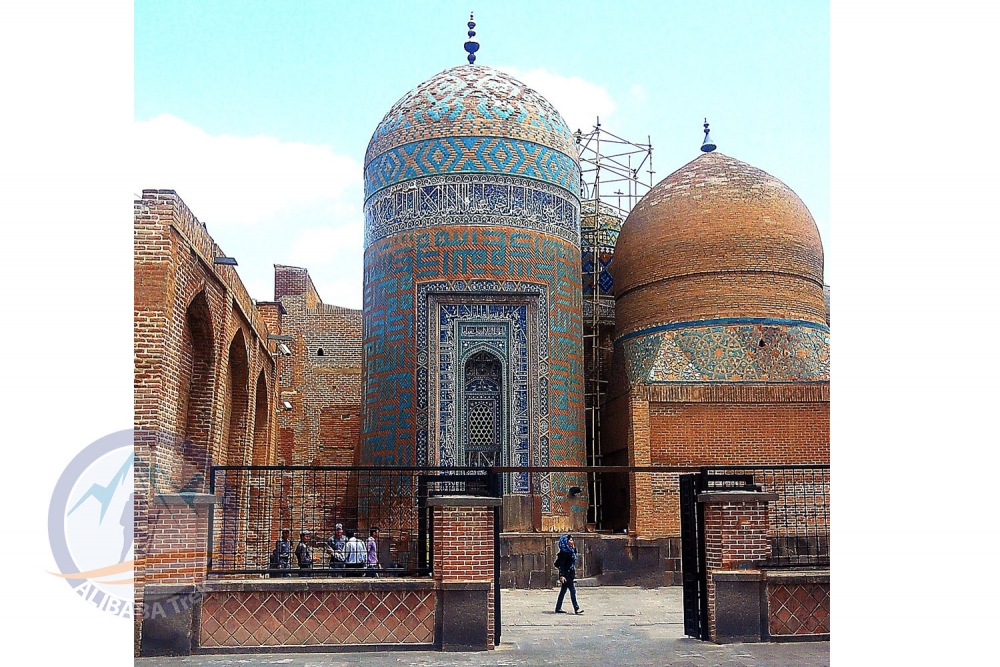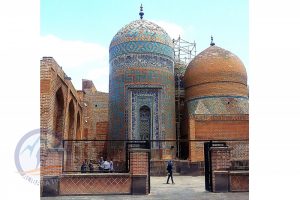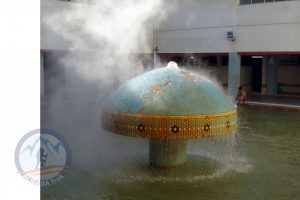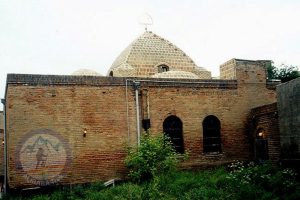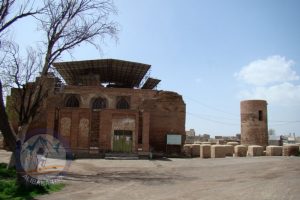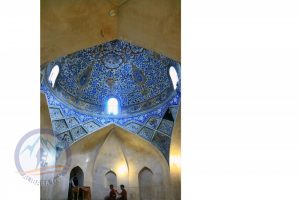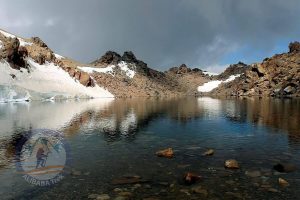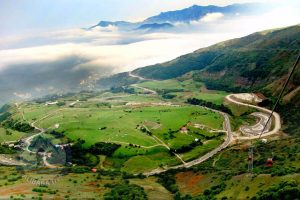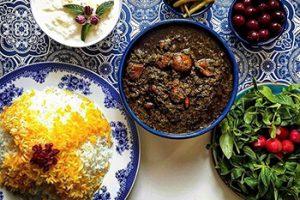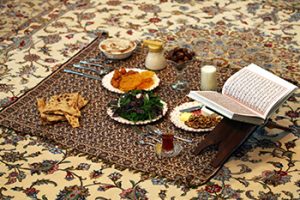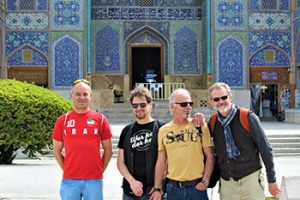ARDABIL
Snowy winters and enclosed by the lush forests of the Caspian Sea and Savalan mountains.
From long ago Ardabil has been the doorway between the parched mountains of east Azerbaijan the coastal, lush forests of the Caspian Sea. The Mausoleum of Sheikh Safi-od-Din listed by UNESCO is perhaps Ardabil’s paramount attraction, but there are also other notable sights worth seeing in this province such as Mount Sablan and the nearby Shurabil Lake.
Ardabil stands on a fairly high altitude gusty plateau. The climate is delightfully cool during summer but can gradually drop rather horribly in winter. While snow starts to appear by November snowy winters are decreasing in length.
Sheikh Safi-od-Din Mausoleum
A World Heritage Site and perhaps the most prominent Safavid remnant in the west of Iran, the Mausoleum of Sheikh Safi-od-Din is relatively compact. Sheikh Safi-od Din himself among others is buried in the well-known Allah-Allah Keep which was built in 1334. The Allah-Allah keep or tower is seemingly named as such due to the numerous and symmetrical inscriptions of the name of God (Allah) on the blue colored bricks of the keep. Most of the extent surrounding the Mausoleum is being quarried but a beautiful enclosed garden nearby offers a quiet and peaceful retreat.
To observe the wooden tombs themselves, you should go through the small courtyard adorned with turquoise colored tiles and from there to the sapphire and gold colored lantern house known as the “Ghandil Khaneh”. The Chini Khaneh or China Room was established in 1612 next to which exists an array of gilded slots formerly intended to exhibition the imperial chinaware assortment. A great deal of this collection, however, is currently held at the St Petersburg’s Hermitage as they were looted during the Russian invasion of 1828.
Ardabil Jameh Mosque
This mosque like many others was originally a Zoroastrian Fire Temple that was built during the Sassanid Empire. This previously colossal brick structure was restyled into a Mosque after the Mongolian Invasion by the Ilkhanian Dynasty.

Maryam Church
This church in Ardabil was constructed near the beginning of the 18th century. Situated in Armanestan Alley, the church supports a rather peculiar stone pyramid in place of it Central Dome.

Archaeology Museum of Ardabil
This museum which is part of the Sheikh Safi-od-Din Mausoleum complex contains coins, pottery and additional relics that belong to the Parthian (247 BC – 224 AD), Sasanian (224 – 651 AD) and the Islamic eras.
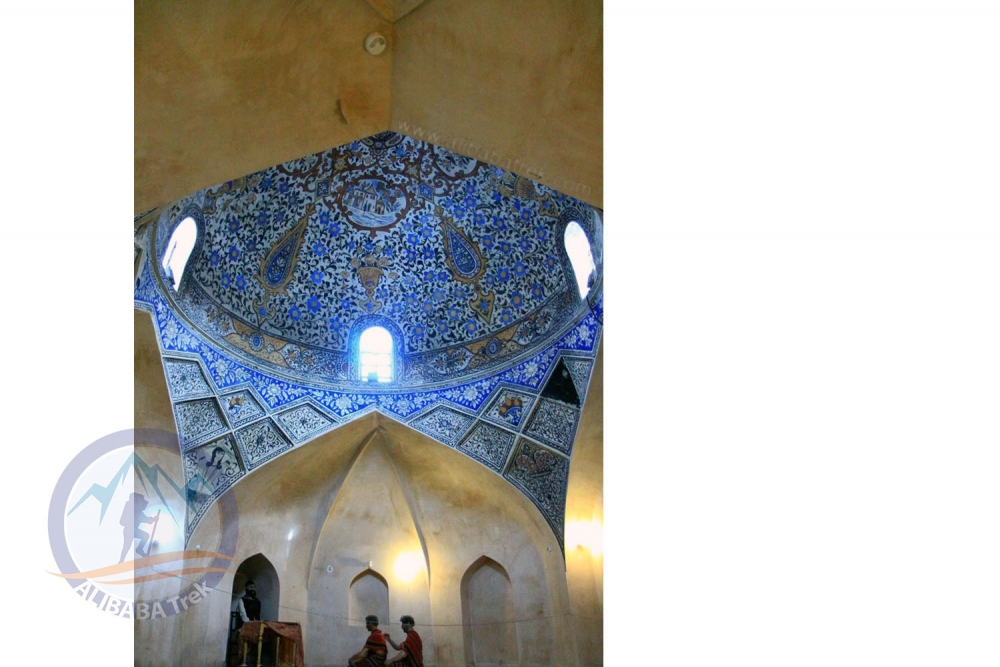
Sheikh Jebra’il Shrine
The father of Sheikh Safi-od-Din, Sheikh Jebra’il is buried in the Khalkhoran suburb. Although Sheikh Safi-od-Din died in the 13th-century, the shrine commemorating his death was built in the 16th century. It should be noted that this shrine is considered active and therefore before entering to observe the polygonal ceiling and paintings you should take off your shoes.
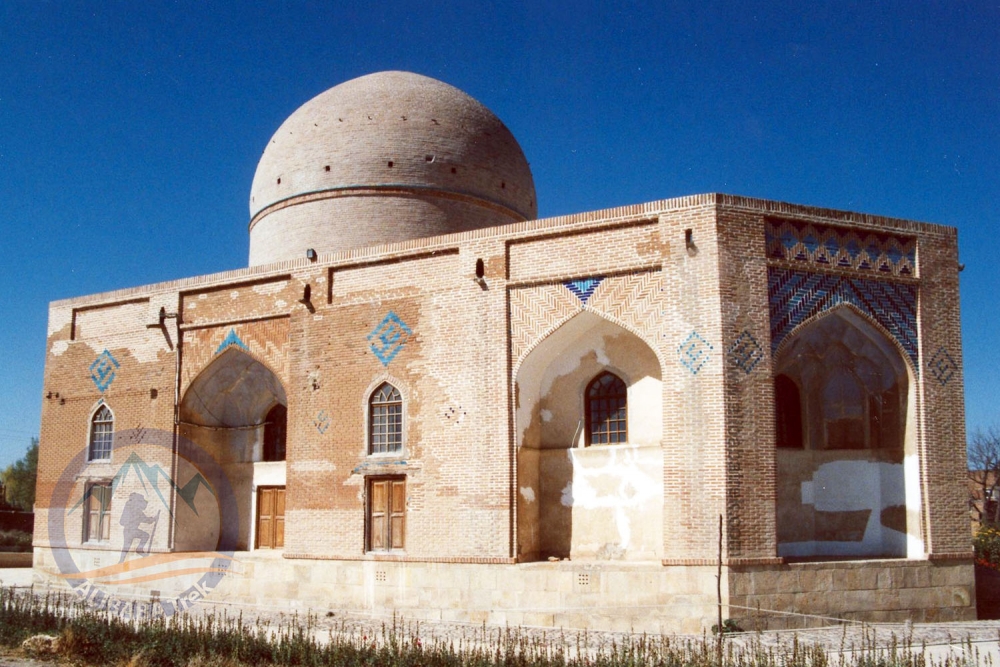
Sareyn
Only 25 km from Ardabil, Sareyn can be visited within a day trip. In summer Sareyn’s population of around 8000 is said to increase to 2 to 3 times that amount due to its pleasant climate. Sareyn is also famous for its Yogurt soups called “Ashe Dough” and honey is sold throughout the city and its surrounding areas. But what Sareyn is most famous for is its many Thermal Springs.
These Thermal springs or hot spas have always existed in this area, however, an earthquake in the Gilan province in 1990 has created new hot spas while reducing the temperature of others. All outdoor and indoor spring are heated chiefly by Mount Sabalan, which after Damavand is the highest mountain in Iran. Men and Women’s bathing time is segregated and most but not all of the women’s bathing hours are scheduled in the morning.

Ardabil Photo Gallery
General Info
- Population: 529,374
- Area: 18.011 km2 (6.954 sq mi)
- Elevation: 1,351 m (4,432 ft)
- Climate: Steppe
- Avg. Annual Temperature : 12.1 °C
UNESCO Heritages
- Sheikh Safi al-din Khānegāh and Shrine Ensemble
- Culture
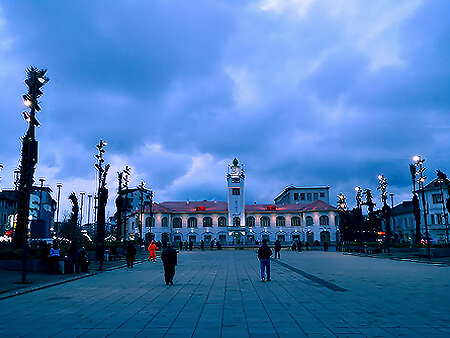

Exploring Iran thoroughly and completely
The best Iran tour for those who have enough time and want to explore Iran completely. During this Iran travel tour, you can visit Tabriz, Ardabil, Rasht, Qazvin, Hamedan, Kashan, Yazd, Shiraz and… By joining our most comprehensive Iran tour package you can visit all of the important cities of Iran.
- 21 Days
- 4 Seasons
- Phys. Rating: 1 out of 5

